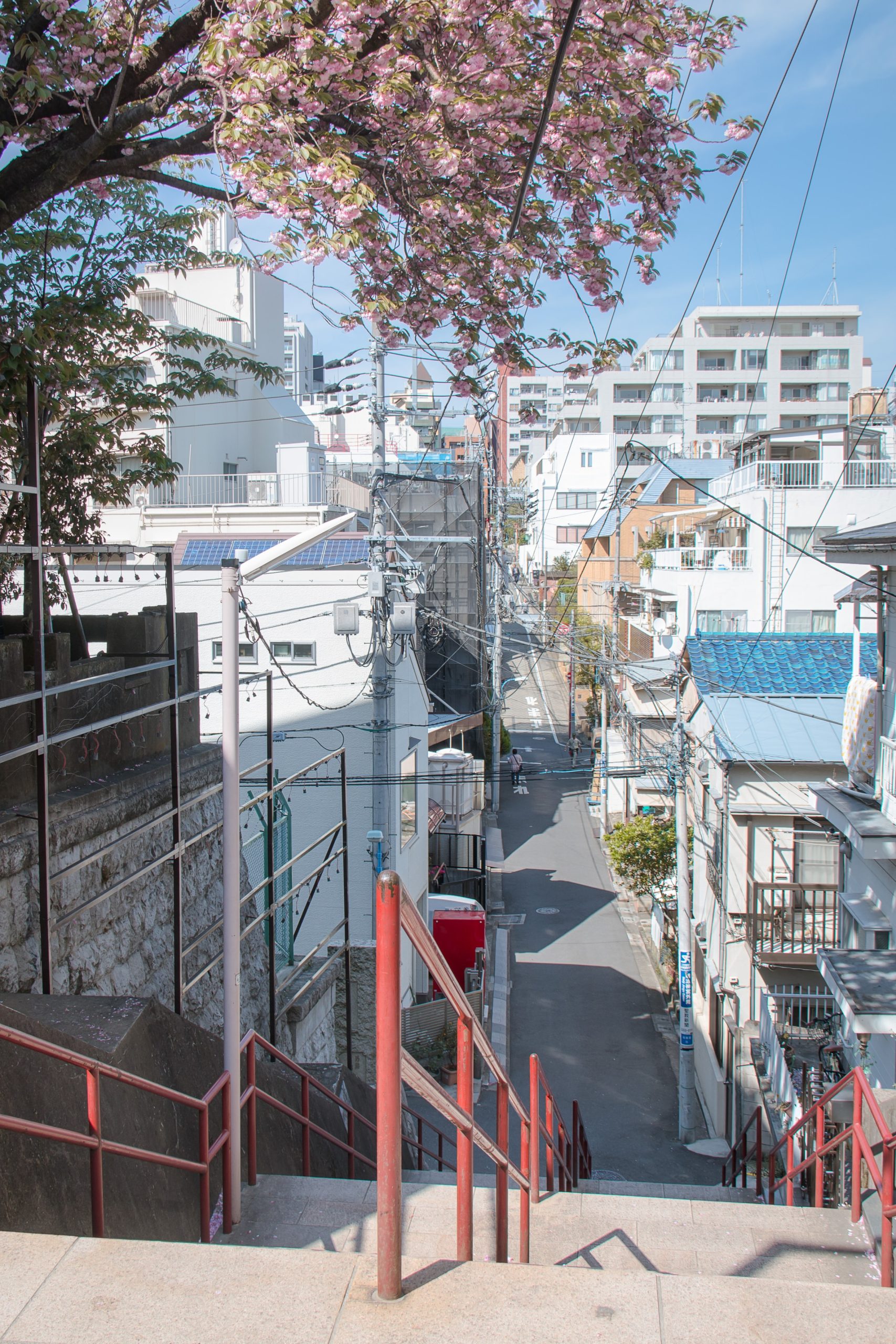Read This Before Buying a Completed Home
Summary
– Buying a completed new home: what is it?
– Procedure for buying a completed home
Are you buying a completed home? The procedures are more straightforward than purchasing off-plan.
When you buy a new home, you have the choice between purchasing off-plan and purchasing a completed home.
Buying a completed home: what is it?
The purchase of a completed home, also sometimes called a “turnkey” sale, consists of buying a new home completed on the date of the real estate transaction. The buyers, therefore, have the opportunity to visit the house before they purchase, which is not the case with a purchase on a plan. He can thus detect the possible defects or the defects of construction. He benefits from the guarantee against hidden defects.
However, this type of housing has not been occupied before. A completed house is covered for 10 years by the construction insurance. It benefits from the decennial guarantee.
You can purchase a completed new home either to live in or rent.
Procedure for purchasing a completed new home

Here are the different stages of the purchase in brief:
Buying a newly built house
|
Compromise of sale or unilateral promise of a sale |
You sign a preliminary sales agreement: – What should appear in the document: a precise description of the property, conditions precedent. – You pay a deposit of about 10% of the sale price: it will be deducted from the total sale price at the time of the final deed of sale, this payment is deposited in an account with your notary. – the seller gives the buyer the real estate diagnostics of the property. You sign a unilateral promise of sale: – the seller reserves the property to the buyer. This reservation is made for a specific period of time. The seller indicates the selling price. – The buyer pays a down payment corresponding to an amount between 5% and 10% of the sale price. This deposit is deducted from the sale price. – the buyer can exercise the purchase option. In this case, he buys the property. |
|---|---|
|
Retraction period |
– To withdraw from the sale, you have a period of 10 days from the day following the first presentation of the letter notifying the promise to sell: you must notify the seller of your withdrawal by registered mail with acknowledgement of receipt. – In this case, you will be able to recover the deposit paid. If the buyer withdraws after the withdrawal period, the buyer loses his deposit. |
|
Signature of the final deed of sale |
At the notary: – Payment of the full price of the property (the deposit already paid by the buyer is deducted from this amount). – Payment of the notary’s fees: fees, taxes (State), mortgage and guarantee fees. |
The seller must also provide the buyer with:
– the building permit;
– the certificate of conformity or the declaration of completion of the work;
– the name of the builder;
– the builder’s insurance certificates;
– the report of reception of the housing.
Read more:
- 6 Important Questions to Ask Yourself When Buying an Apartment;
- 7 Common Real Estate Market FAQ;
- 6 Ways to Increase the Value of Your House and Increase Visitors;
- Should You Renovate Before Selling Your Home;
- Getting a Quote for a Renovation Project;
- Real Estate: Buying or Building?
- 5 Steps to Negotiate a Mortgage;
- How to Conduct Real Estate Research;
- Best Materials for Building Your House;
- 3 Tips Before You Buy an Old House;
- What to Verify Before Buying Your Property;
- Real Estate: Why Call On an Architect;
- Buying a House as a Couple: 2 Things You Should Know;
- Buy-Back of an Equitable Share Between Spouses;
- Real Estate Rental With Option to Buy.



